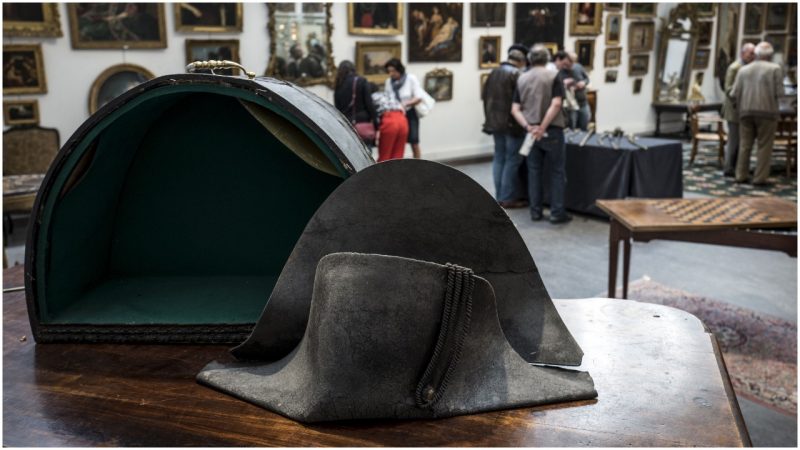The man who many praise as one of the best military minds of all time tasted epic failure at the Battle of Waterloo 203 years ago—and the hat he wore while making some of those fateful decisions just sold for $407,000.
The two-cornered military dress hat that Napoleon Bonaparte wore at Waterloo, his crushing defeat, was auctioned by the de Baecque House in Lyons, France, to a European collector who is passionate about the First French Empire.
The hat sold for 350,000 euros, including fees, in mid-June 2018, which was far beyond the pre-sale estimate of 30,000 to 40,000 euros.
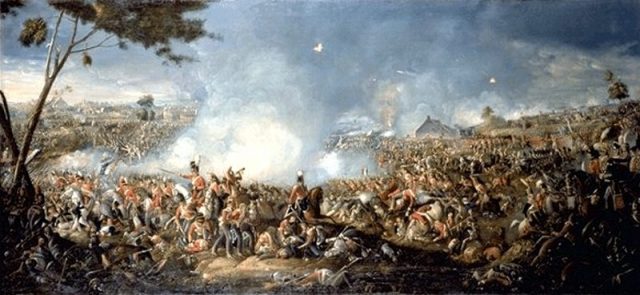
Waterloo was fought on Sunday, June 18, 1815, in present-day Belgium, then called the Netherlands.
Golden leaf from Napoleon’s crown gets $730,000
It’s been estimated that 25,000 French soldiers died that day, and 23,000 of the armies allied against him led by the Duke of Wellington.
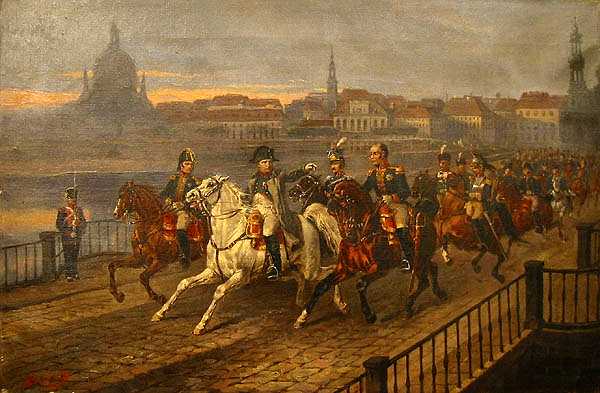
“There is a lot of interest,” de Baecque said in a telephone interview with the New York Times, adding that Napoleon’s meteoric rise and his military conquests still captivate people of all ages.
“He is one of those rare figures who are known in the whole world and who fascinate almost everybody on the planet.”
Napoleon is known to have owned approximately 120 two-cornered hats during his rule between 1799 and 1815, as first consul and then emperor.
Historians have identified only 19 remaining hats, most of them now in museums.
As much as was paid in Lyons for Napoleon’s hat, it is far less than what was forked over at an auction of another Napoleon hat, which the South Korean founder and chairman of the Harim food conglomerate bought for more than $2 million.
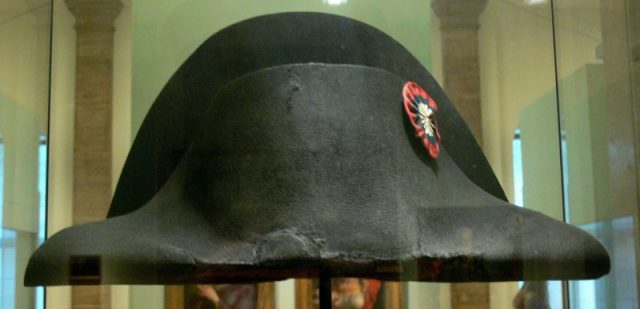
The hat sold this week was not as in good shape, which accounts perhaps for the lower price. The Waterloo hat was faded, torn, and cracked in some places.
Considering what happened at Waterloo, that is not too surprising.
Napoleon, after he suffered a devastating retreat from Russia and experienced other setbacks, was deposed by the French government and exiled to the island of Elba.
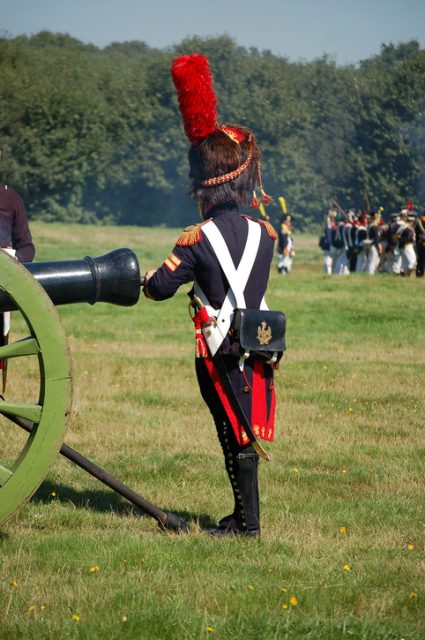
But he escaped in February 1815 and declared he was ready to re-conquer Europe. French troops sent to arrest him instead joined him.
The former enemies of Napoleon immediately sprang into action, determined to stomp him out.
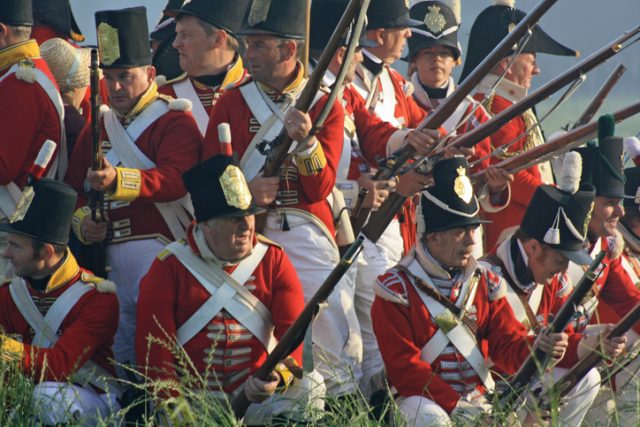
At Waterloo, he faced two of the armies of the Seventh Coalition: a British-led army under the command of the Duke of Wellington, and a Prussian army.
Historians say that Napoleon was not ready to fight the coalition but was forced into a confrontation in Belgium. He was feeling sick at the time of Waterloo with stomach problems. Six years later, he was to die of stomach cancer.
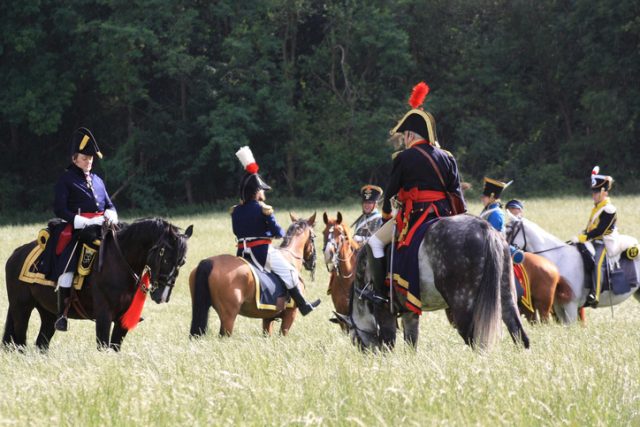
Military theorist Carl von Clausewitz later wrote that rather than blaming weather or treachery or bad commanders for Napoleon’s failure, “huge mistakes, sheer recklessness, and, above all, overreaching ambition that exceeded all realistic possibilities, were the true causes.”
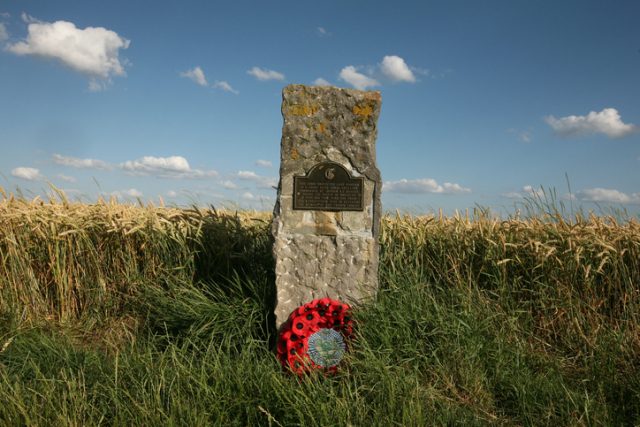
After it was certain he had lost, Napoleon fled the scene of the battle at Waterloo. He abdicated as emperor four days later after it became obvious he had lost public support. He died in a second exile on the island of St. Helena.
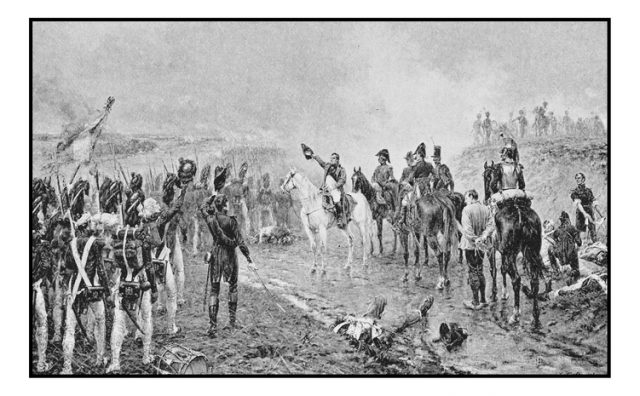
At Waterloo, his hat had been picked up the captain of the Dutch Dragoons, Baron Arnout Jacques Van Zuijen van Nijevelt.
According to the provenance details, the baron, who died without descendants, bequeathed the Napoleon hat to his hairdresser. It then passed through various people until it was presented for auction.
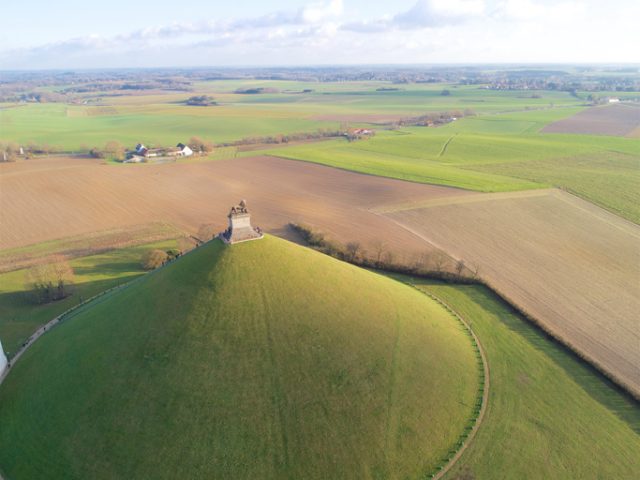
Mr. de Baecque told the New York Times that “the history of the hat sold Monday had been well-documented and that there were strong guarantees it had once belonged to Napoleon.”
The hat itself contained clues. It was Napoleon’s size and had “several modifications that the emperor was known to request, such as the removal of a band of sheepskin lining and reinforcements that make it easier to grab.”
Napoleon is believed to have made valets wear his hats to break them in–and the emperor used 12 every three years.
Nancy Bilyeau has written a trilogy of novels set in the court of Henry VIII: ‘The Crown,’ ‘The Chalice,’ and ‘The Tapestry.’ The books are for sale in the U.S., the U.K., and seven other countries. For more information, go to www.nancybilyeau.com.
